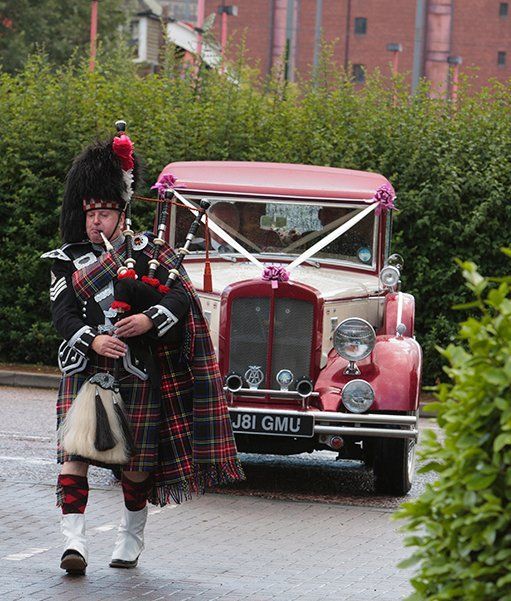

Uilleann pipes: Bellows-blown bagpipe with keyed or un-keyed chanter and keyed drones (regulators).Bock (literally, male goat): a bellows-blown pipe with large bells at the end of the single drone and chanter.It had one or two drones and one chanter with double reeds. Schweizer Sackpfeife (Swiss bagpipe): In Switzerland, the Sackpfiffe was a common instrument in the folk music from the Middle Ages to the early 18th century, documented by iconography and in written sources.The dudy/kozoł has a bent drone pipe that is hung across the player’s shoulder, and the chanter tends to be curved as well. Yet smaller is the měchawka (in A, Am) known in German as Dreibrümmchen. Dudy or kozoł ( Lower Sorbian kózoł) are large types of bagpipes (in E flat) played among the (originally) Slavic-speaking Sorbs of Eastern Germany, near the borders with both Poland and the Czech Republic smaller Sorbian types are called dudki or měchawa (in F).

The sound is similar to that of the Uilleann pipes, or sometimes the smallpipes. Huemmelchen: small bagpipe with the look of a small medieval pipe or a Dudelsack.Often to be seen at medieval festivals and markets. Commonly tuned in A minor and used by musical groups specialising in medieval tunes. While the exterior is reconstructed from these sources, the interior and sound are often similar to the Scottish Great Highland Bagpipe. Mittelaltersackpfeife: Reconstruction of medieval bagpipes after descriptions by Michael Praetorius and depictions by Albrecht Dürer, among others.The drones are sometimes fit into one stock and do not lie on the player's shoulder but are tied to the front of the bag. Also called Schäferpfeife (shepherd pipe) or Sackpfeife. Dudelsack: German bagpipe with two drones and one chanter.Muchosa (or muchosac): found in the Hainaut province of Wallonia, in southern Belgium, and previously known down into the north of France as far as Picardy.Doedelzak (or pijpzak): found in Flanders and the Netherlands, this type of bagpipe was made famous in the paintings of Pieter Brueghel the Elder died out, but revived in the late 20th century.Musette bechonnet, named from its creator, Joseph Bechonnet (1820-1900 AD) of Effiat.Caramusa: a small bagpipe with a single parallel drone, native to Corsica.Chabrette poitevine: found in the Poitou region of west-central France, but now extremely rare.They can be found in the Bourbonnais, Berry, Nivernais, and Morvan regions of France and in different tonalities. Cornemuse du Centre (or musette du centre): bagpipes of Central France) are of many different types, some mouth blown.Musette bressane: found in the Bresse region of eastern France,.Notable for having no separate drone, but a drone and chanter bored into a single piece of wood. Boha: found in the Gascogne and Landes regions of southwestern France.Bodega (or craba): found in Languedoc region of southern France, made of an entire goat skin.Chabrette (or chabretta): found in the Limousin region of central France.Cabrette: bellows-blown, played in the Auvergne region of central France.




 0 kommentar(er)
0 kommentar(er)
